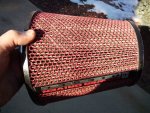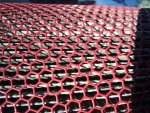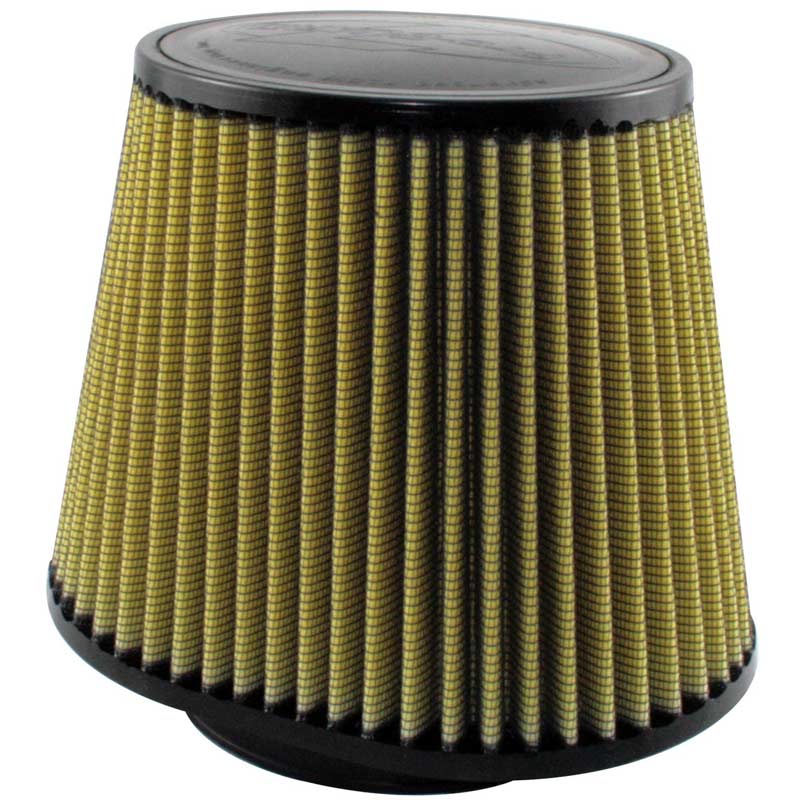I had the same issues with the 9" Power Driven Diesel "Dust Bowl" filter that others have. I removed the spring-loaded dome in the bottom of the canister to accomodate the 9-incher, so that wasn't causing the problem. My filter gauge never gave any vacuum/restriction reading with stock filters, I only blew the stock filters out about once a year/3-5,000 miles, and I never had to watch my EGT's as closely as I had to with the PDD filter. Gauge didn't read
much with the PDD filter, just 7-8 inches of vac, but I had a reduction in power, higher EGT's when climbing the grade west of Denver, and an increase in smoke. Last time I blew out the PDD filter was just 80 miles before it started showing some draw on the gauge again. Most of my driving is in the burbs and on the highway, very little that would be considered truly dusty or smoggy. Looked like the PDD media wasn't allowing any particles to shed-off, but dirt was caking and holding onto the media instead. I never applied any kind of treatment to the PDD filter, but I wonder if the media has some kind of oil on it from the PDD factory that causes the loading/caking. I've since pop-riveted the spring dome back in the bottom of the canister and gone back to the stock filter. No more vacuum readings, less smoke, less EGT's, and a little more power with the stock filter.
View attachment 820317View attachment 820316




